
Develop profitable trading strategies, build a systematic trading process, and trade your ideas with Python—even if you’ve never done it before.
15 subscribers
How to get URL link on X (Twitter) App

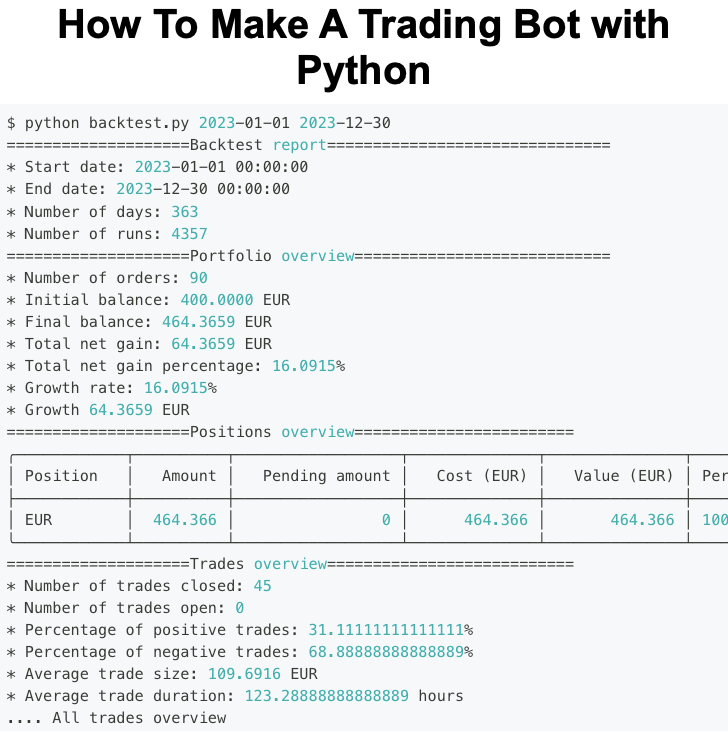
 1. What is a trading bot?
1. What is a trading bot?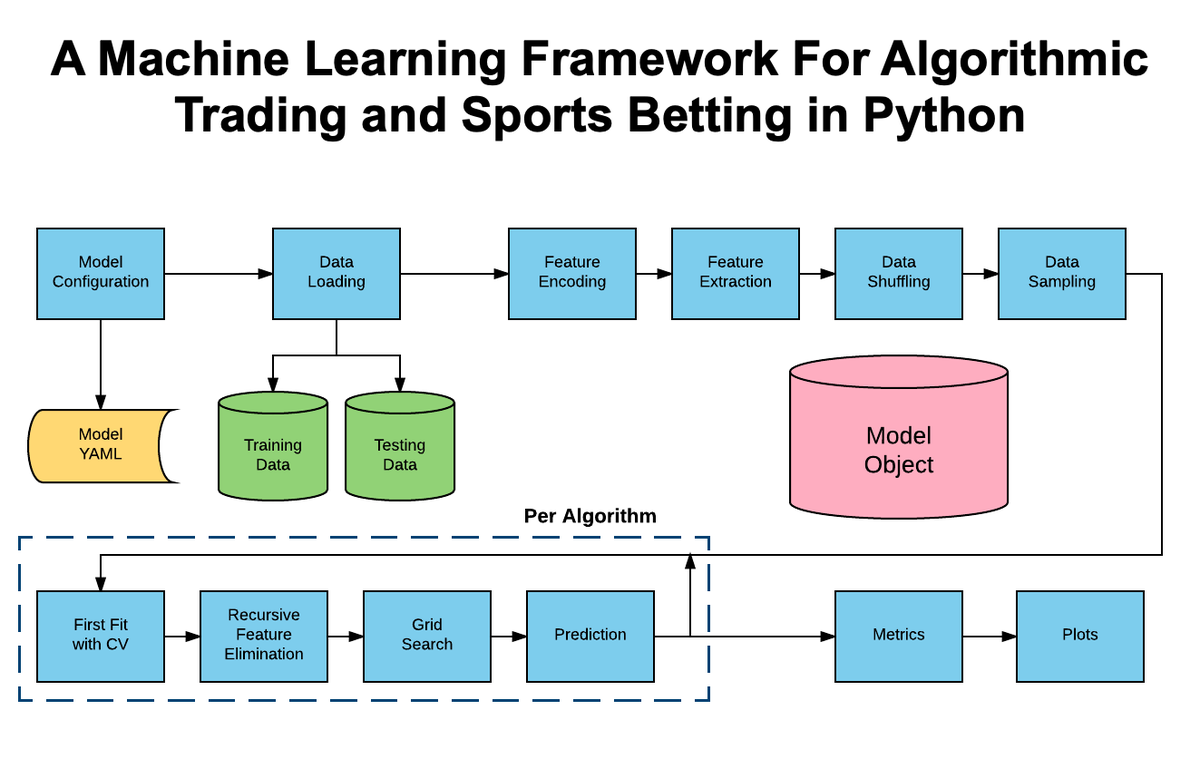
 AlphaPy is a machine learning framework for both speculators and data scientists.
AlphaPy is a machine learning framework for both speculators and data scientists. 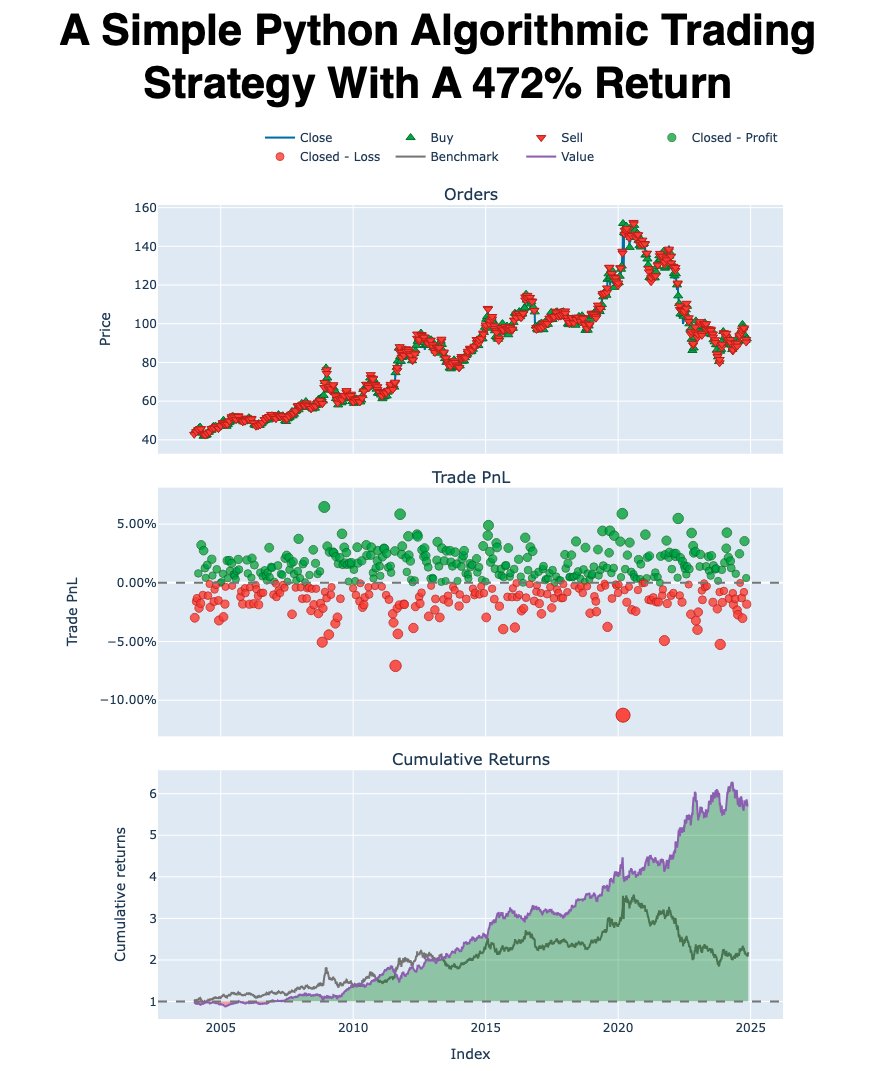
 This strategy takes advantage of "flow effects", which is how certain points in time influence the value of an asset.
This strategy takes advantage of "flow effects", which is how certain points in time influence the value of an asset. 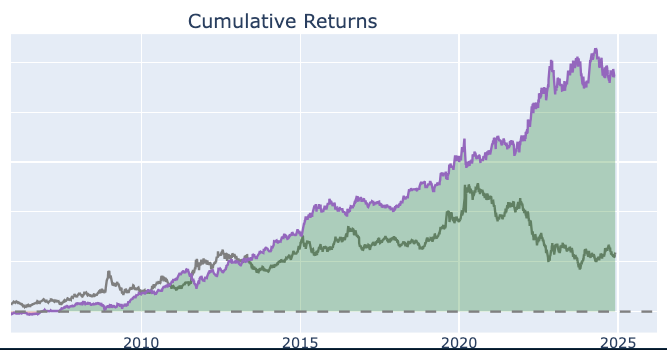
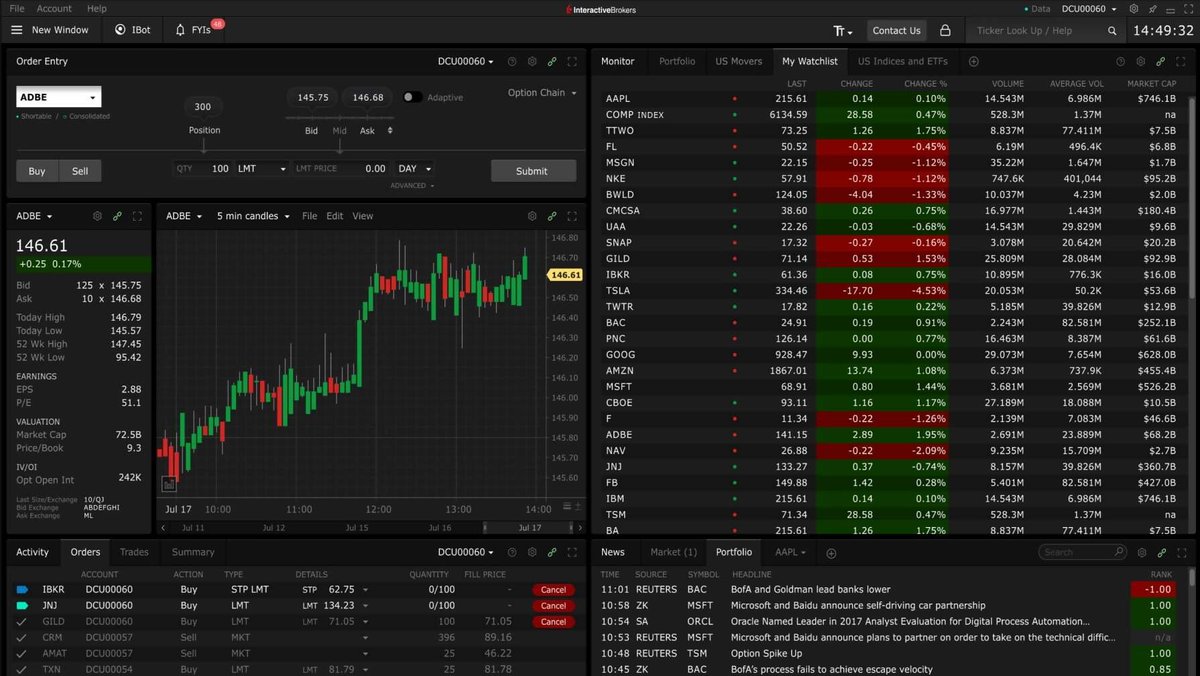
 yfinance
yfinance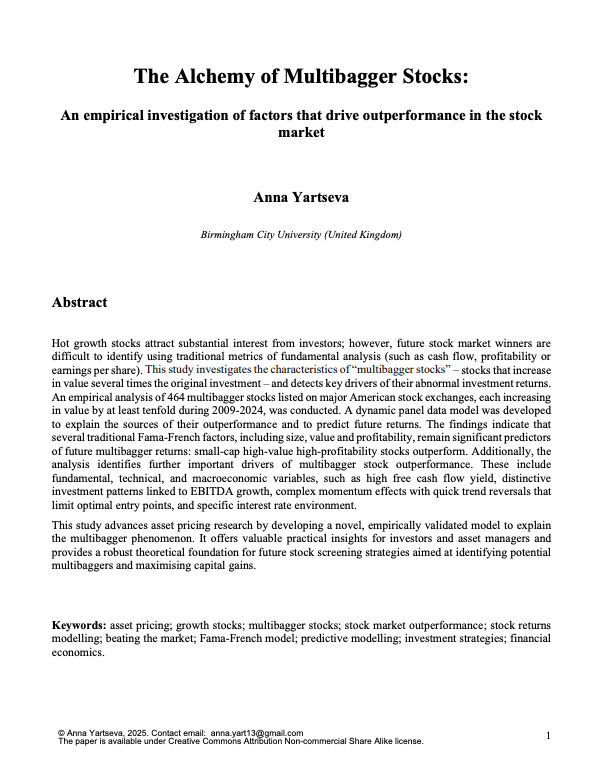
 1. Size Effect
1. Size Effect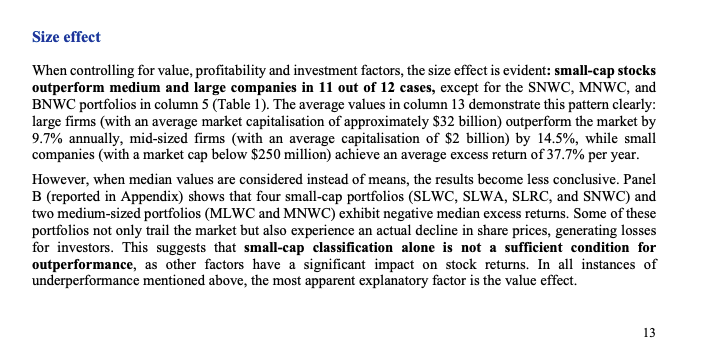

 1. Data Layer
1. Data Layer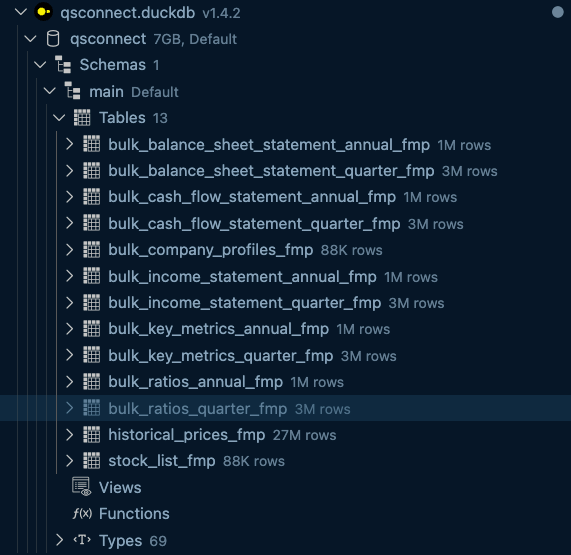
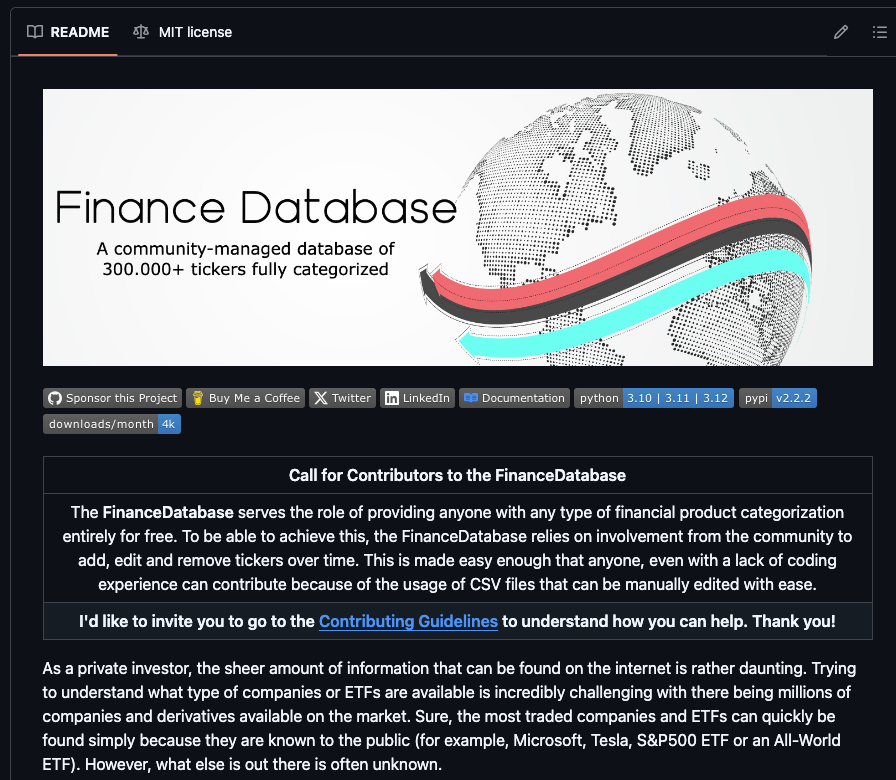
 It's called the Finance Database.
It's called the Finance Database. 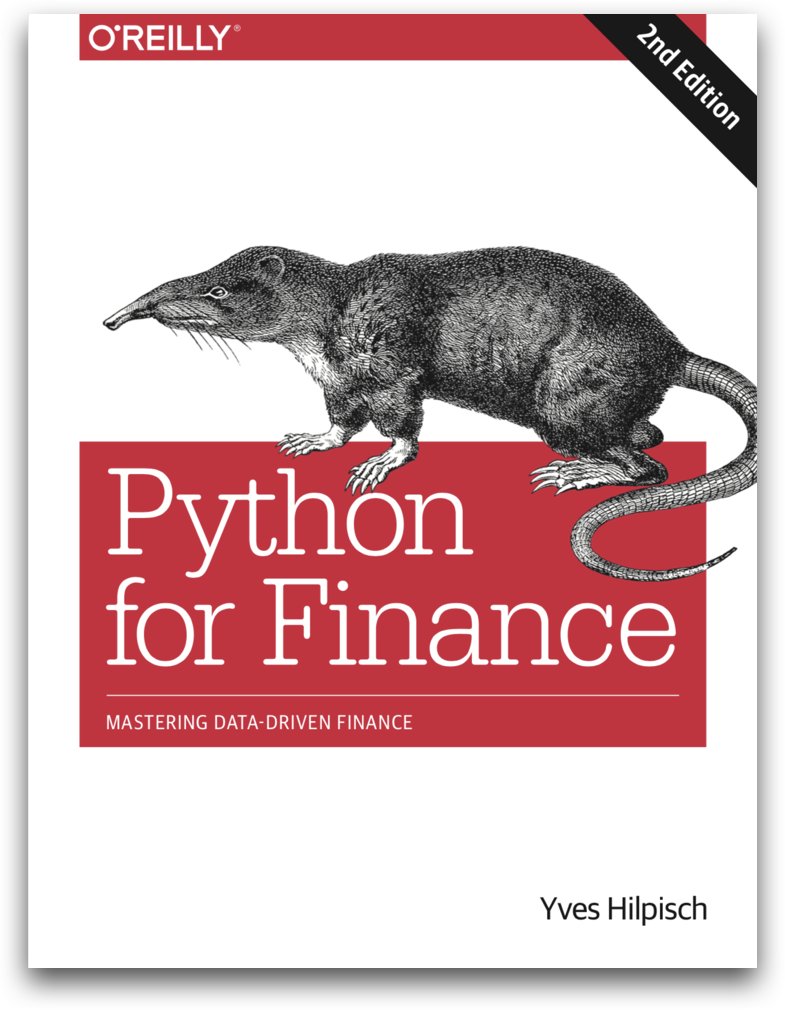
 Here's the link on GitHub:
Here's the link on GitHub: 

 1. Size Effect
1. Size Effect
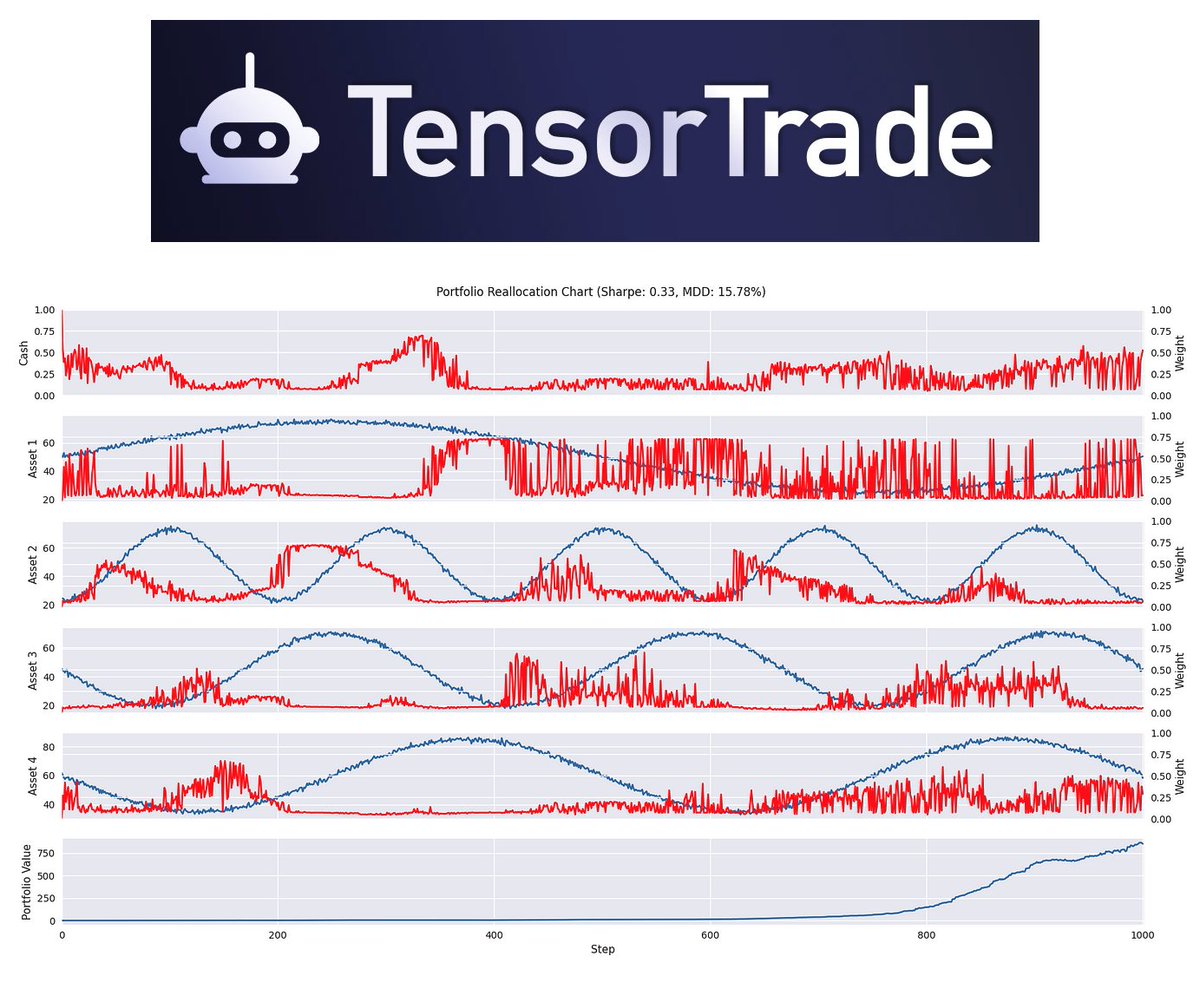
 TensorTrade is an open source Python framework for building, training, evaluating, and deploying robust trading algorithms using reinforcement learning leveraging:
TensorTrade is an open source Python framework for building, training, evaluating, and deploying robust trading algorithms using reinforcement learning leveraging: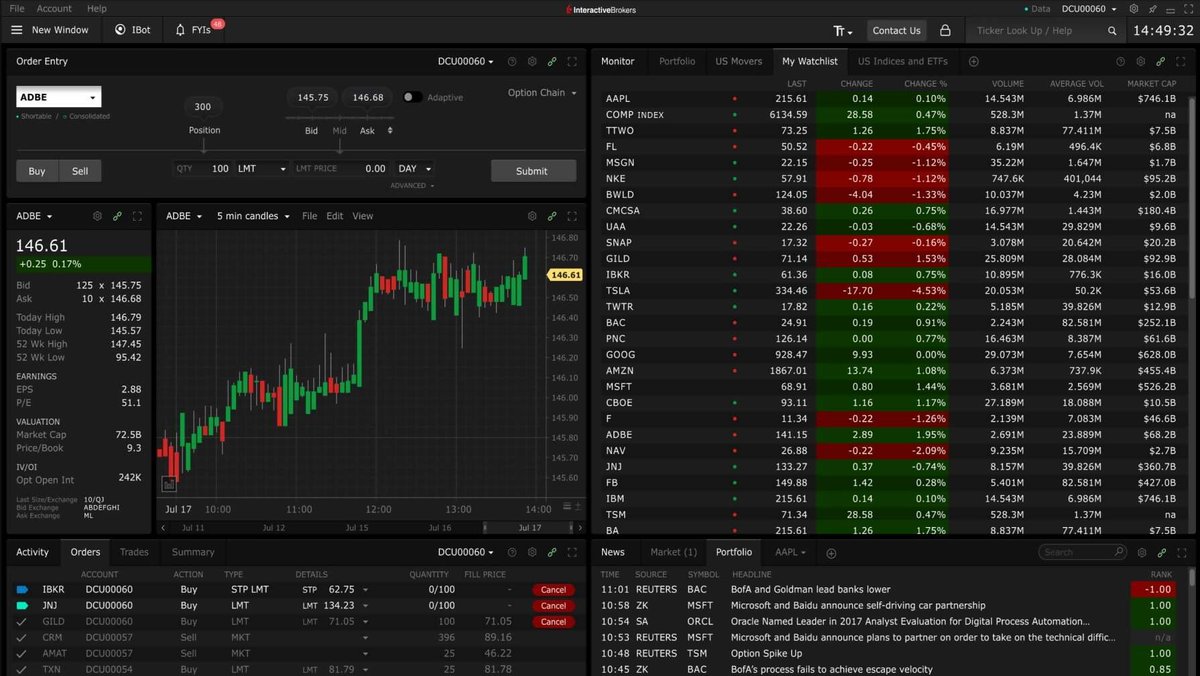
 yfinance
yfinance
 The paper highlights the best examples of what this line of research has to offer and recommends promising directions for future research.
The paper highlights the best examples of what this line of research has to offer and recommends promising directions for future research.
 1. What is a trading bot?
1. What is a trading bot?